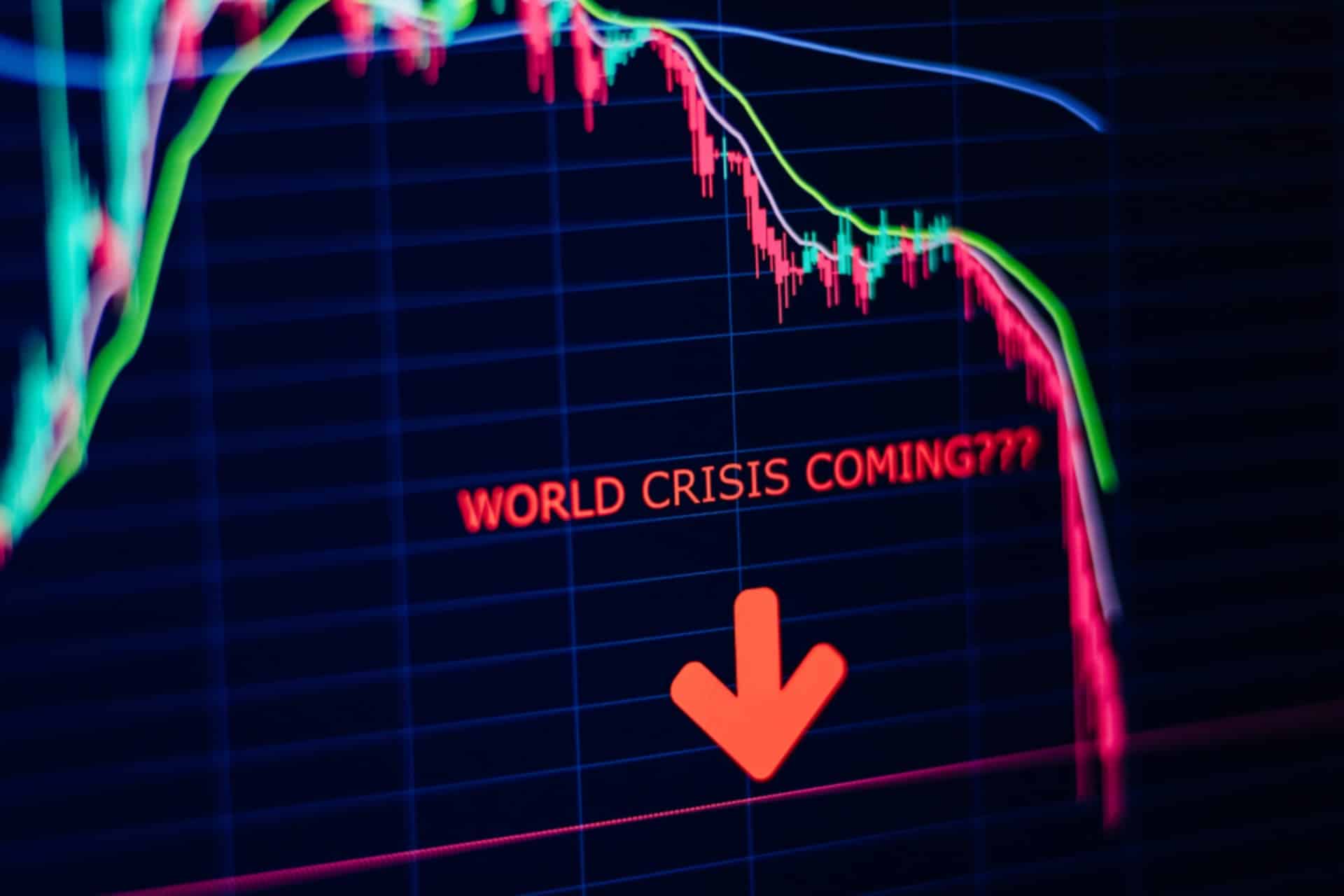How To Lead Through An Economic Downturn

Leadership has been highlighted as the behavior indicative of friendship, mutual trust, respect, and warmth. The key to leadership is based upon satisfying basic needs and verbalizing feelings of admiration, respect and trust toward themselves to meet higher desires through inspiring followers to provide newer solutions and create a better workplace. Executives can be made into leaders and leaders can become better at what they do by using the following four techniques. These four techniques include:
- Idealized influence,
- Individualized consideration,
- Intellectual stimulation, and;
- Inspirational motivation.
Executives can use idealized influence when aiming to develop a shared vision and improve relationships with followers. In doing this technique, executives need to take the following actions:
- Instill pride in organizational members for being associated with them.
- Display a sense of power and confidence.
- Go beyond self-interest for the good of the organization.
- Talk about their most important values and beliefs.
- Consider the moral and ethical consequences of decisions.
- Emphasize the importance of having a collective sense of mission.
Executives can use individualized consideration when they would like to concentrate on identifying employee’s individual needs and empower followers in order to build a learning climate and mobilize follower support and trust toward the goals and objectives at the senior organizational level. In doing this technique, executives need to take the following actions:
- Spend time coaching others.
- Consider employees as having different needs, abilities, and aspirations from others.
- Help organizational members to develop their strengths, and provide various formal training programs to improve the performance of duties
Executives can use intellectual stimulation to propel knowledge sharing in the company to generate more innovative ideas and solutions for new and demanding issues that come up constantly in our hypercompetitive economic environment. In doing this technique, executives need to take the following actions:
- Emphasis on the effective coordination among different functional areas, and seek differing perspectives when solving problems.
- Suggest new ways of looking at how to complete assignments, and undertake a comprehensive analysis when confront with an important decision.
Executives can use inspirational motivation to focus on inspiring people and not just treat them as human assets. This sets a higher level of desired expectations for them. In doing this technique, executives need to take the following actions:
- Talk optimistically about the future
- Talk enthusiastically about what needs to be accomplished.
- Express confidence that the goals will be achieved.
These four techniques mentioned above, when carried out correctly, can present a set of best practices for an effective leadership. These four techniques represent how an effective leader working in today’s recession can develop and manage intellectual capital in corporations. There are some differences between these leadership techniques and trait perspective. The researchers associated with trait perspective believed that a great man or great leader, men or woman, was born to lead and not made into a leader. In contrast, followers can be made into leaders and leaders can become better at what they do by using these four techniques. Therefore, the great man/woman at the topmost levels of organizations can prosper and excel by simply applying these four techniques.
Written by Mostafa Sayyadi.
Bring the best of the CEOWORLD magazine's global journalism to audiences in the United States and around the world. - Add CEOWORLD magazine to your Google News feed.
Follow CEOWORLD magazine headlines on: Google News, LinkedIn, Twitter, and Facebook.
Copyright 2025 The CEOWORLD magazine. All rights reserved. This material (and any extract from it) must not be copied, redistributed or placed on any website, without CEOWORLD magazine' prior written consent. For media queries, please contact: info@ceoworld.biz








